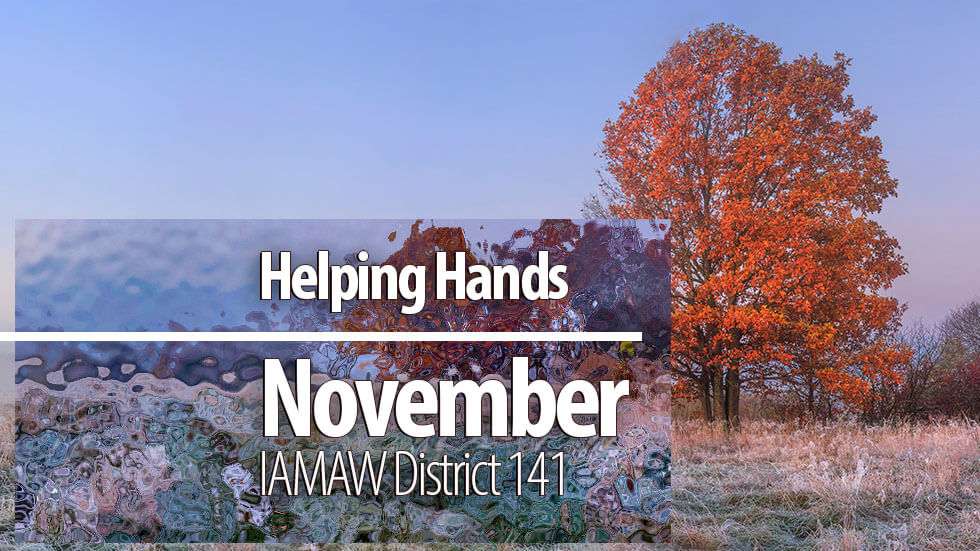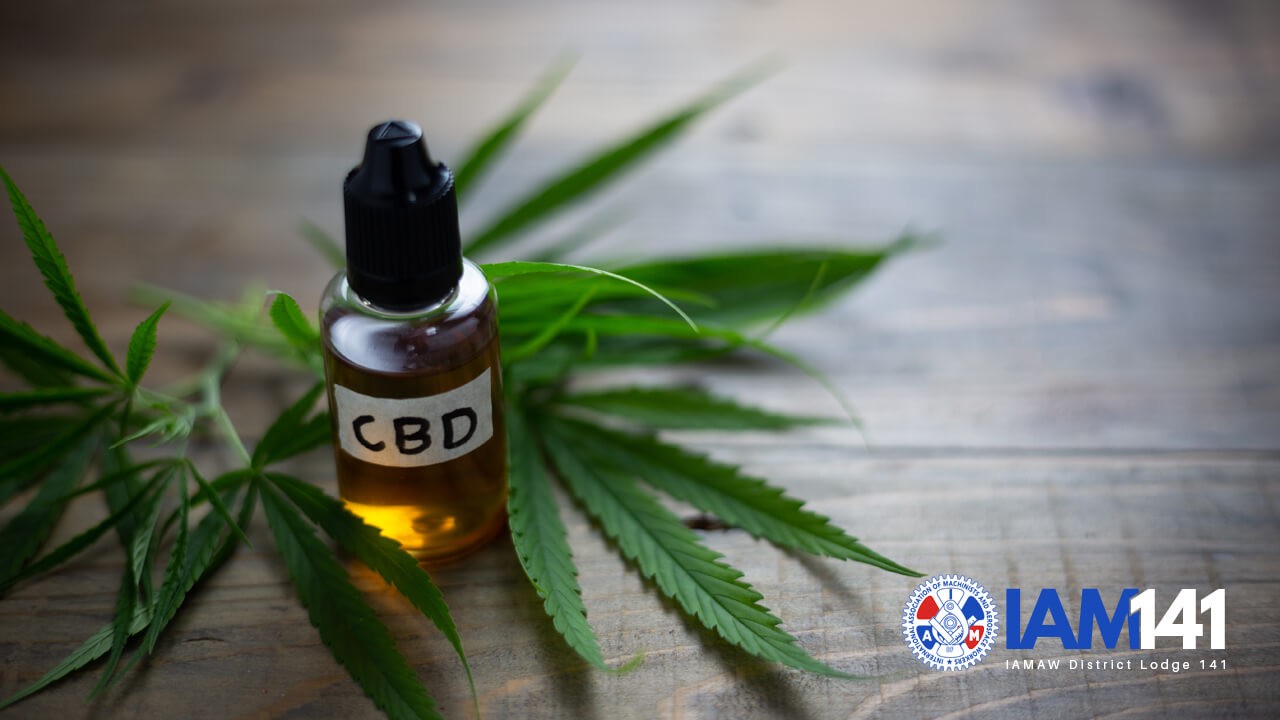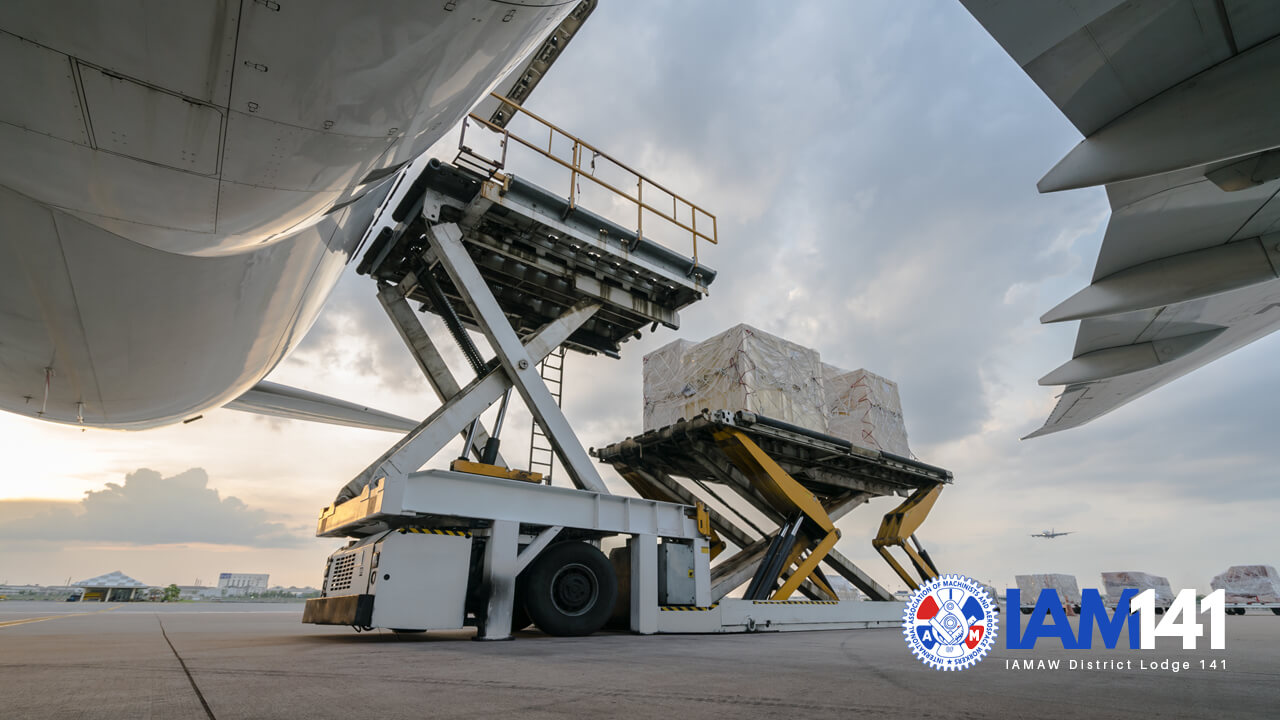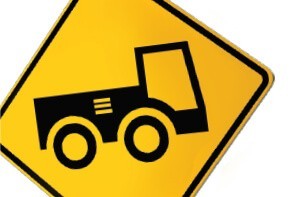February 4 Officer Nominations Form
February 4th Officer Nominations Online Form Use this form to record the candidates nominated by your Local Lodge for the 2022 IAMAW Union Officer Elections. Please send this information to…
February 4th Officer Nominations Online Form Use this form to record the candidates nominated by your Local Lodge for the 2022 IAMAW Union Officer Elections. Please send this information to…

EAP Peer Coordinators: This month we cover well-being. Many companies are stepping up and realizing that retaining high-caliber employees means offering benefits that are attractive and help retain people. The…

…a District 141 Communications Representative. “We were received very warmly in the neighborhoods where we worked. Several people thanked us for sharing information about how people can vote early and…

Because there is a lot of confusion around legalization of marijuanna and THC (the active ingredient in marijuanna that gives people a “high”) and now – CBD oils, we cover information about CBD this month. CBD oil has been touted as a treatment for pain. The information about CBD oil is mixed. The federal government, through the FDA, has not vetted most of the CBD products that are showing up in mainstream stores around the country. The effectiveness of CBD oil is not clear.
The issue is that most CBD products also have THC. While CBD is not a substance that is tested on DOT drug tests, THC is. Anyone who is subject to random testing runs the risk of testing positive for THC if they are using any product that contains even a tiny amount of THC. THC accumulates in fat. Use of a CBD product that contains even a small amount of THC over a long period of time may result in enough THC accumulating in the body to result in a positive drug screen for THC.
This is a confusing issue. We are currently recommending that anyone who COULD be randomly tested needs to be extremely cautious about using any product that could contain THC. Read the label carefully and be aware that even though the label does not show THC, there may still be low levels of THC that could compromise them should they get tested.
Thank you for being agents of information. This will be an on-going issue as the FDA, individual states and academic institutes study the results of using CBD.
Bryan,
Bryan Hutchinson, M.S.
[gdlr_stunning_text background_color=”#f3f3f3″ button=”Download PDF” button_link=”https://iam141.org/wp-content/uploads/2019/08/HH-August-2019.pdf” button_background=”#184ab9″ button_text_color=”#ffffff” button_border_color=”#0d2a6b” title=”Helping Hands August: CBD” title_color=”#184ab9″ caption_color=”#a0a0a0″]Please Post on Bulletin Boards[/gdlr_stunning_text]

| 4 Ways to Leave Work in Total Pain | Download |
Newly Released Research by UnionSafe141 has info for airline workers looking to avoid the OJI Pain Train.
Try to think of something that will ruin your day at work, and airline workers are probably dealing with that exact thing right now, while you are reading this.
Extreme weather, exhaustion, heavy machinery… the world of commercial aviation is home to every kind of workplace hazard known to man.
 Chemicals? Explosives? Tight spaces? Airline workers wouldn’t even flinch. Airline workers are trained to deal with all that by their first day. Heavy lifting? Heights? Complicated math? Please. Some ramper somewhere is probably loading a lion or a bear into a plane at this very moment.
Chemicals? Explosives? Tight spaces? Airline workers wouldn’t even flinch. Airline workers are trained to deal with all that by their first day. Heavy lifting? Heights? Complicated math? Please. Some ramper somewhere is probably loading a lion or a bear into a plane at this very moment.
However hard you try, occasionally coming home feeling a little beat up is normal. For airline workers, it’s SOP. In fact, according to data compiled by OSHA, working at one of our nation’s airports is about even with construction work when it comes to how likely it is to get banged up on the job.
Airline work is dangerous. And, the longer a person does it, the more likely a severe injury becomes.
It’s hard to know just how dangerous airline work is, however. Surprisingly, there are no federal regulators or agencies that maintain a detailed and comprehensive record of injuries. What information exists can be nearly impossible to find, scattered over a confusing tangle of bureaucratic firewalls.
 The most extensive database of airline incident tracking available is kept by Machinists Union members in Philadelphia. The small team of Safety Advocates there maintains careful records of injuries, equipment repairs, and other safety-related information of interest to airline workers. The detailed information provides what is perhaps the clearest view of the safety landscape of Airlines in North America.
The most extensive database of airline incident tracking available is kept by Machinists Union members in Philadelphia. The small team of Safety Advocates there maintains careful records of injuries, equipment repairs, and other safety-related information of interest to airline workers. The detailed information provides what is perhaps the clearest view of the safety landscape of Airlines in North America.
According to the research conducted by the Machinists Union, the leading cause of injuries sustained by airline workers is… drumroll please… back injuries.
Hundreds and hundreds of airline workers report serious back injuries each year. Many of them are crippling.
They are also hard to avoid. Airline workers deal with several thousand pounds of bags a day, often while squeezed into the underbellies of planes. Other work areas require near-constant lifting from unavoidable awkward positions and heights. Moreover, back injuries seldom result from a single incident. Repetitive stress trauma can sneak up on you, waiting for that one special bag to become the straw that finally, well, breaks the camel’s back.
All of which makes back injuries an unwanted trademark of airline work.
To read the full story and many more like it. Check out District Lodge 141’s New Airmail Magazine. This Issue focuses on the 2018 IAM141 Safety Conference and highlights safety in the airline industry.